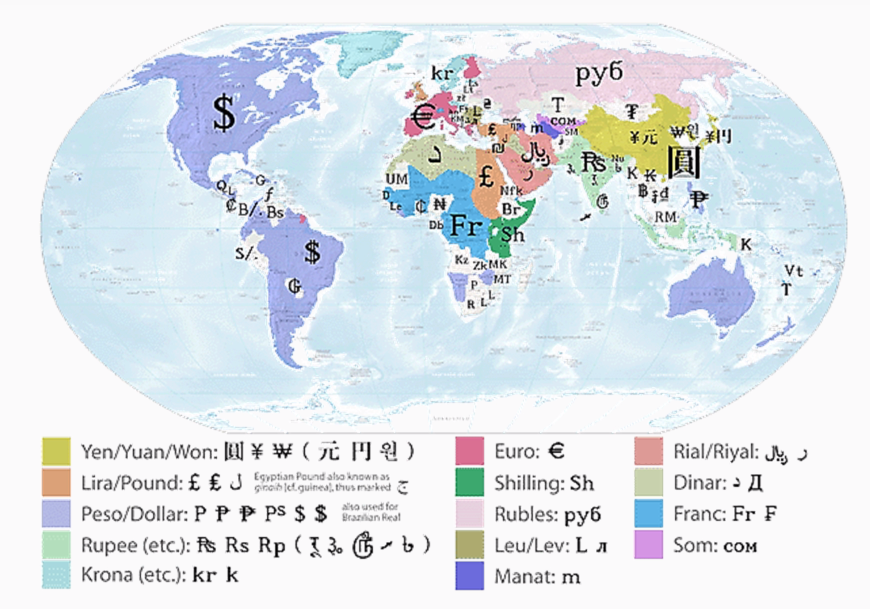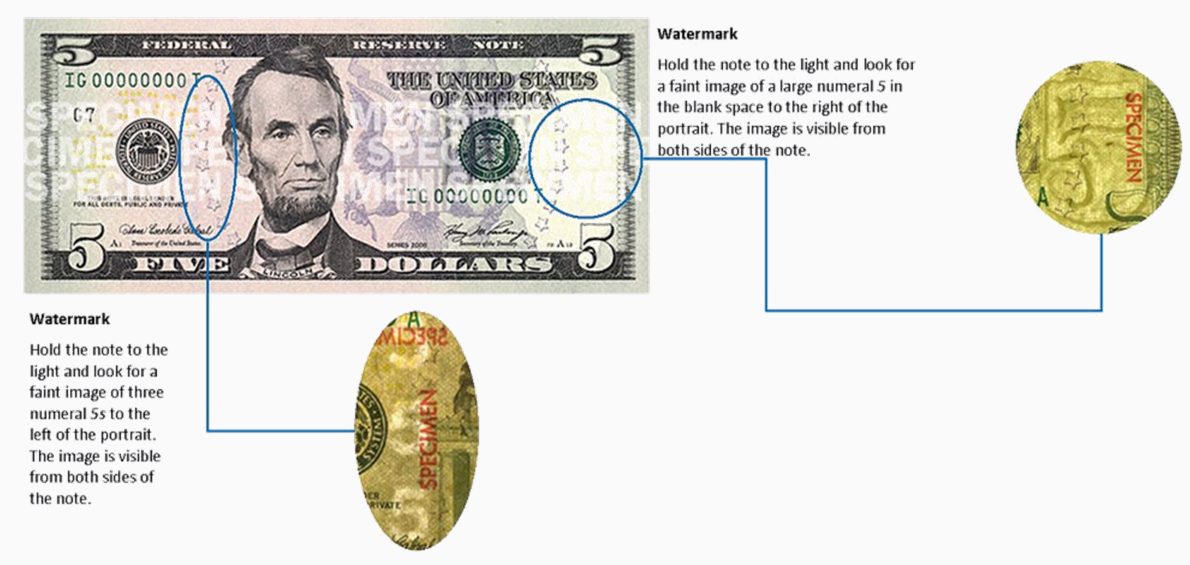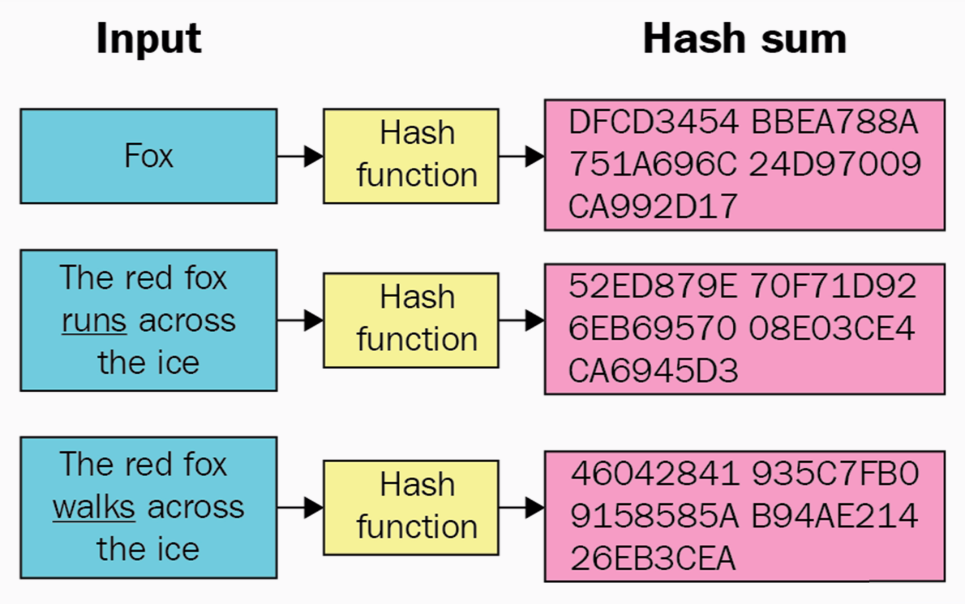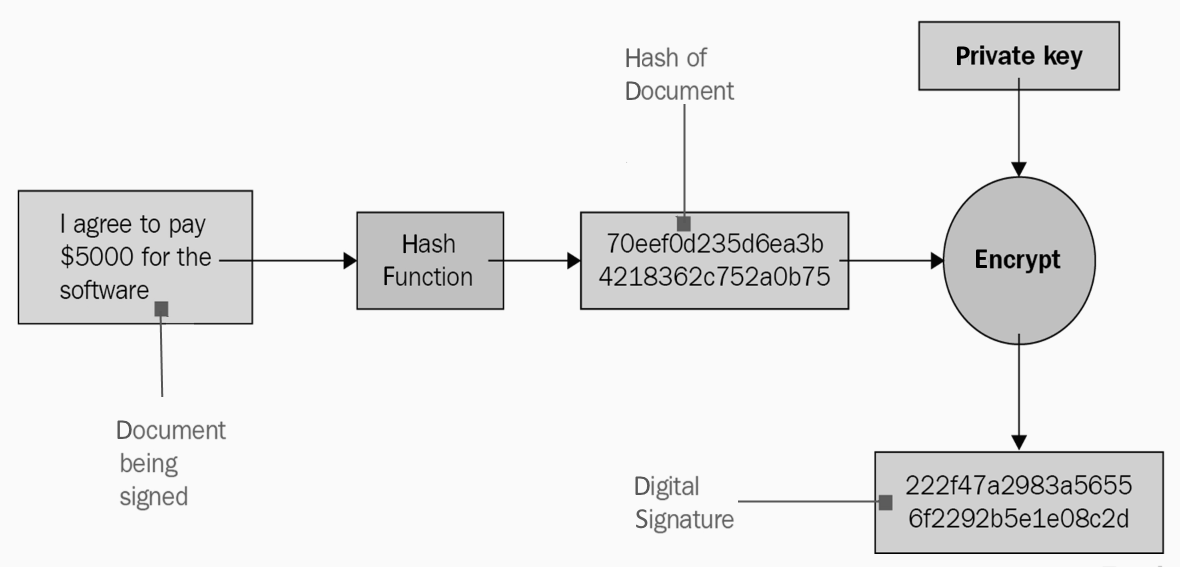The blockchain technology is the backbone of cryptocurrency and it uses cryptography to keep the data secure. In this section of the chapter, we will discuss cryptography, cryptocurrency, and how cryptography is used in cryptocurrency implementation. We will also look into the workings of fiat currency cryptography, energy use in cryptocurrency, and also the security features of cryptography that are used. We will learn everything we need to know about decentralized digital money and its underlying architecture.
As we browse through the various parts of this section, we will learn about the history of Bitcoin, its alternative currencies, Bitcoin basics, and the technical operation of Bitcoin; then, we will browse through the technical foundation of the blockchain, the fundamentals of cryptography, and how it keeps data secure. From there, we will move on to understanding blockchain, its features, the underlying architecture on top of each Bitcoin, and how cryptocurrencies are implemented.





